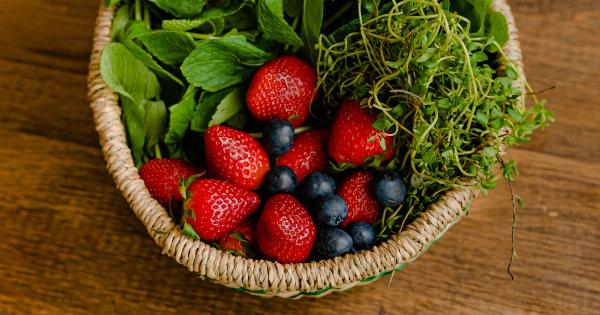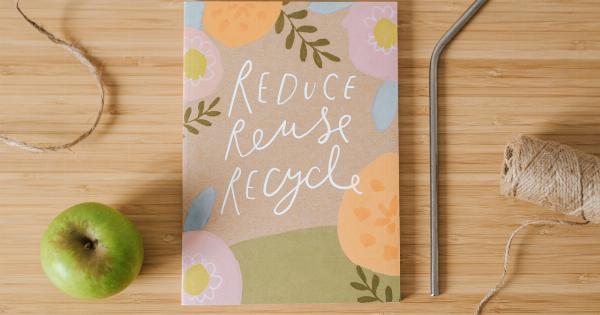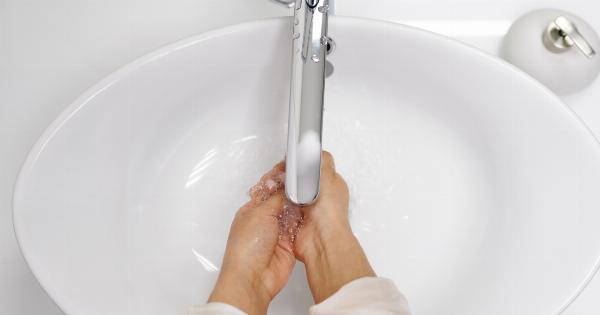Consuming fruits and vegetables is an essential part of a healthy diet. However, produce is sometimes contaminated with pesticides, bacteria, and other harmful substances.
It is therefore important to take measures to keep your produce free of these harmful substances. In this article, we will discuss ten different ways to keep your produce safe to eat.
1. Buy Organic
Organic produce is grown without synthetic pesticides, which makes them a great option for those who want to avoid these harmful chemicals. Although organic produce tends to be more expensive, it may be a worthwhile investment for your health.
2. Clean Produce Thoroughly
Washing your produce with clean water can help remove any pesticides or bacteria that may be present. You can also use a solution of vinegar and water to help kill bacteria. Be sure to rinse your produce thoroughly after cleaning.
3. Use a Vegetable Brush
A vegetable brush can be used to help remove dirt and other debris from produce. This can be especially useful for fruits and vegetables with hard skin or a rough surface.
4. Store Produce Properly
Storing your produce in the proper conditions can help prevent bacteria growth. Some fruits and vegetables should be stored in the refrigerator, while others should be kept at room temperature.
Be sure to research the proper storage conditions for each type of produce.
5. Don’t Cross-Contaminate
Cross-contamination can occur when bacteria from one type of food contaminates another type of food. Be sure to clean all surfaces and utensils before and after use.
You should also use separate cutting boards for produce and meat to prevent cross-contamination.
6. Buy Local
Buying produce from local farmers can help ensure that it is fresh and free of harmful chemicals. Some small farmers may not be certified organic but still avoid using pesticides and other chemicals on their crops.
7. Peel Fruits and Vegetables
Peeling your produce can help remove any pesticides that may be present on the skin. However, this may also remove some of the nutrients that are found in the skin. Wash your produce thoroughly before peeling to help remove any surface contaminants.
8. Use Safe Handling Practices
Safe handling practices can help prevent contamination of your produce. This includes washing your hands thoroughly before and after handling produce, as well as using separate utensils for different types of food.
9. Don’t Use Expired or Moldy Produce
Expired or moldy produce can be dangerous to consume. Be sure to inspect your produce before eating, and discard anything that appears to be spoiled or past its expiration date.
10. Use Natural Alternatives to Pesticides
If you do not want to buy organic produce, there are natural alternatives to synthetic pesticides. These include using essential oils, neem oil, and soap solutions.
Do your research before using any natural alternatives to ensure that they are safe to use on your produce.
Conclusion
Keeping your produce free of pesticides and bacteria is crucial for your health. By following these ten tips, you can help ensure that the fruits and vegetables you eat are safe to consume.































